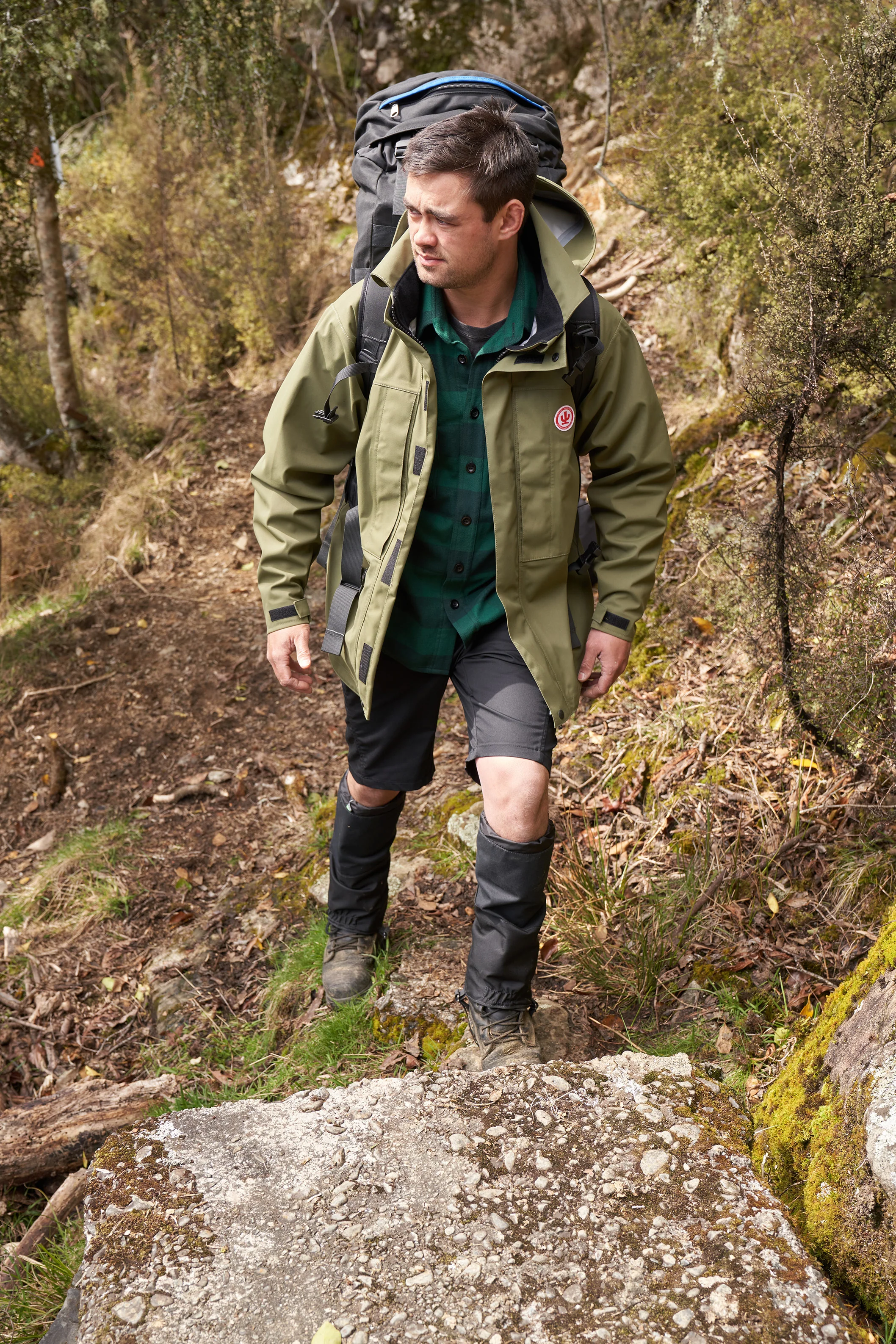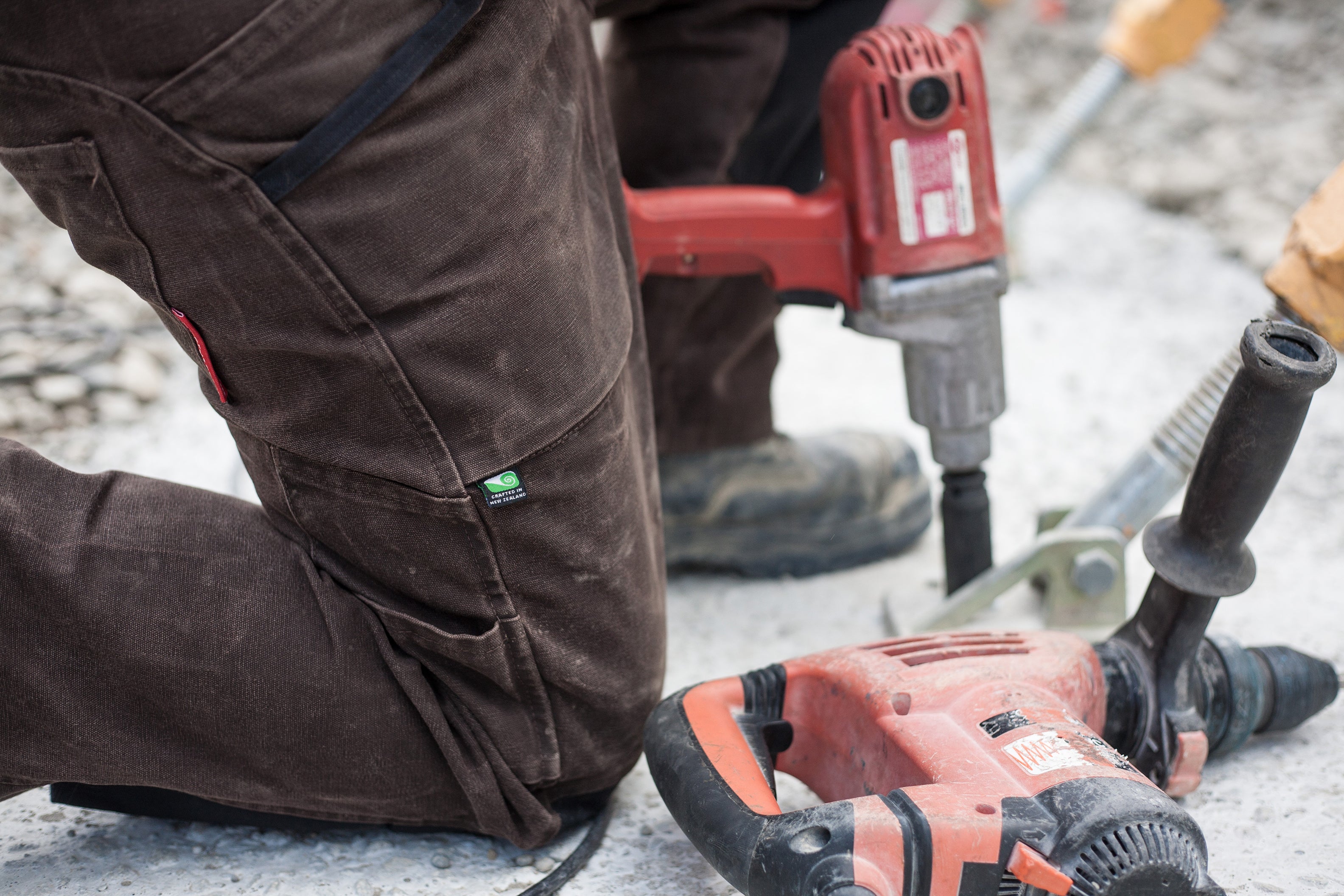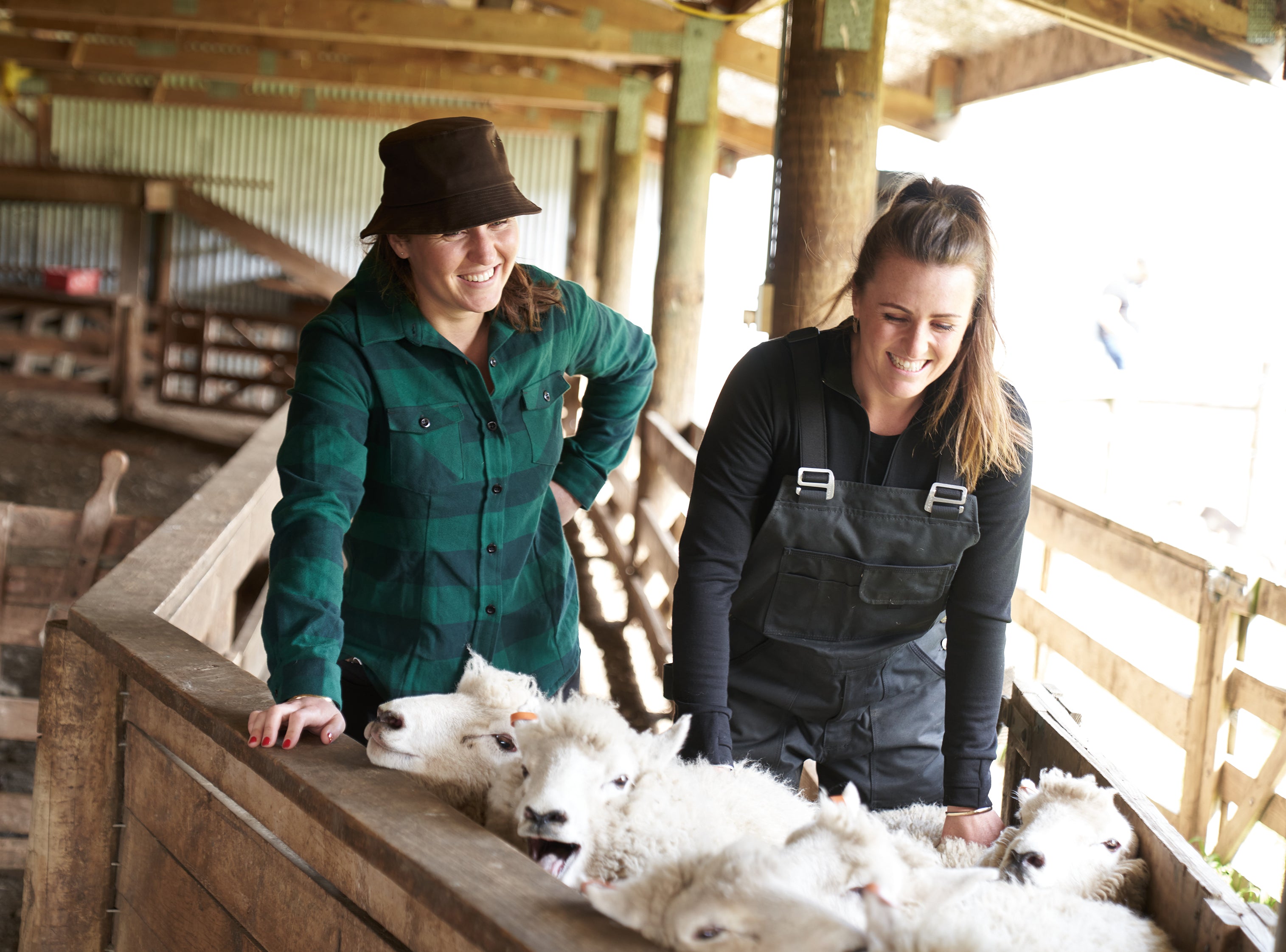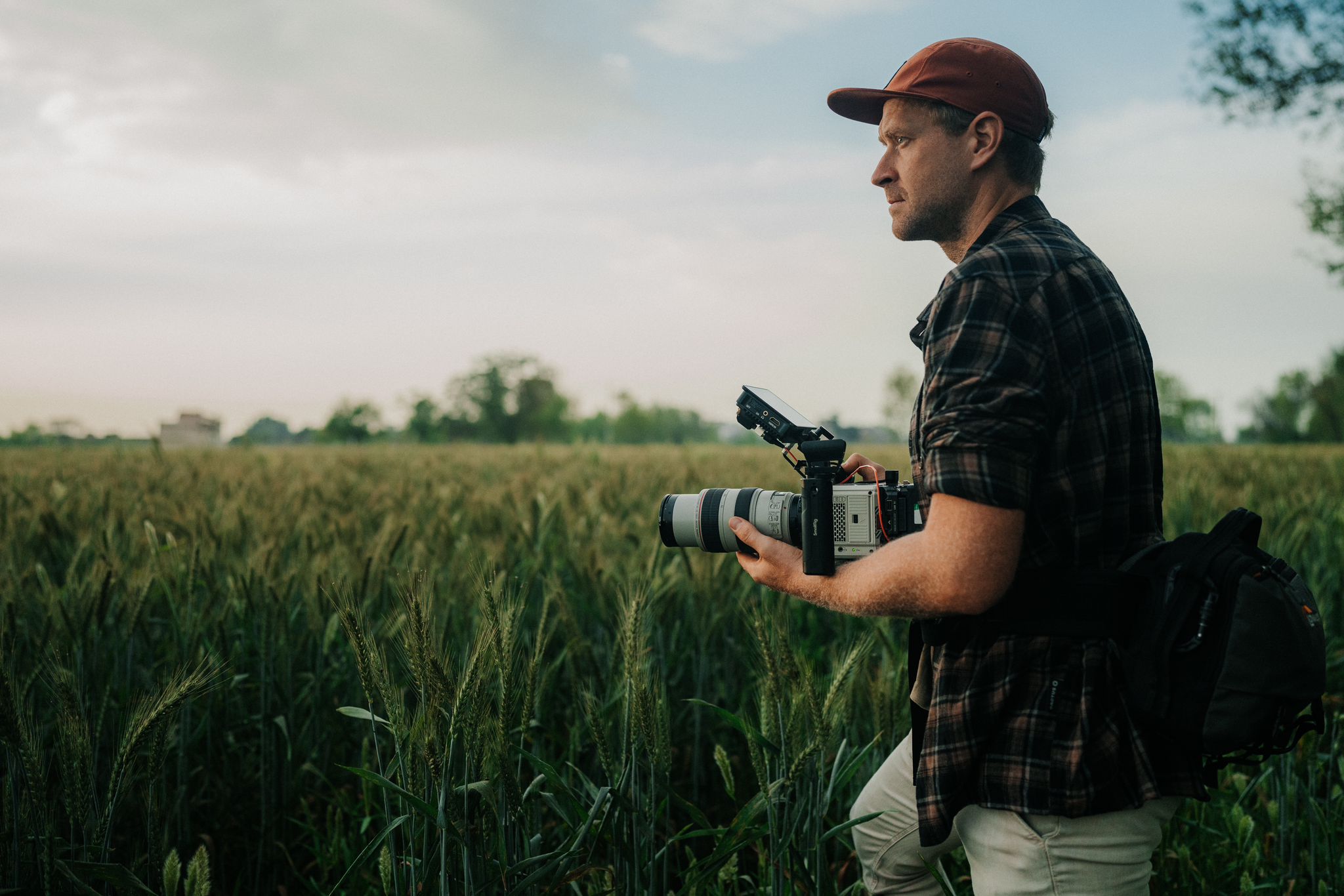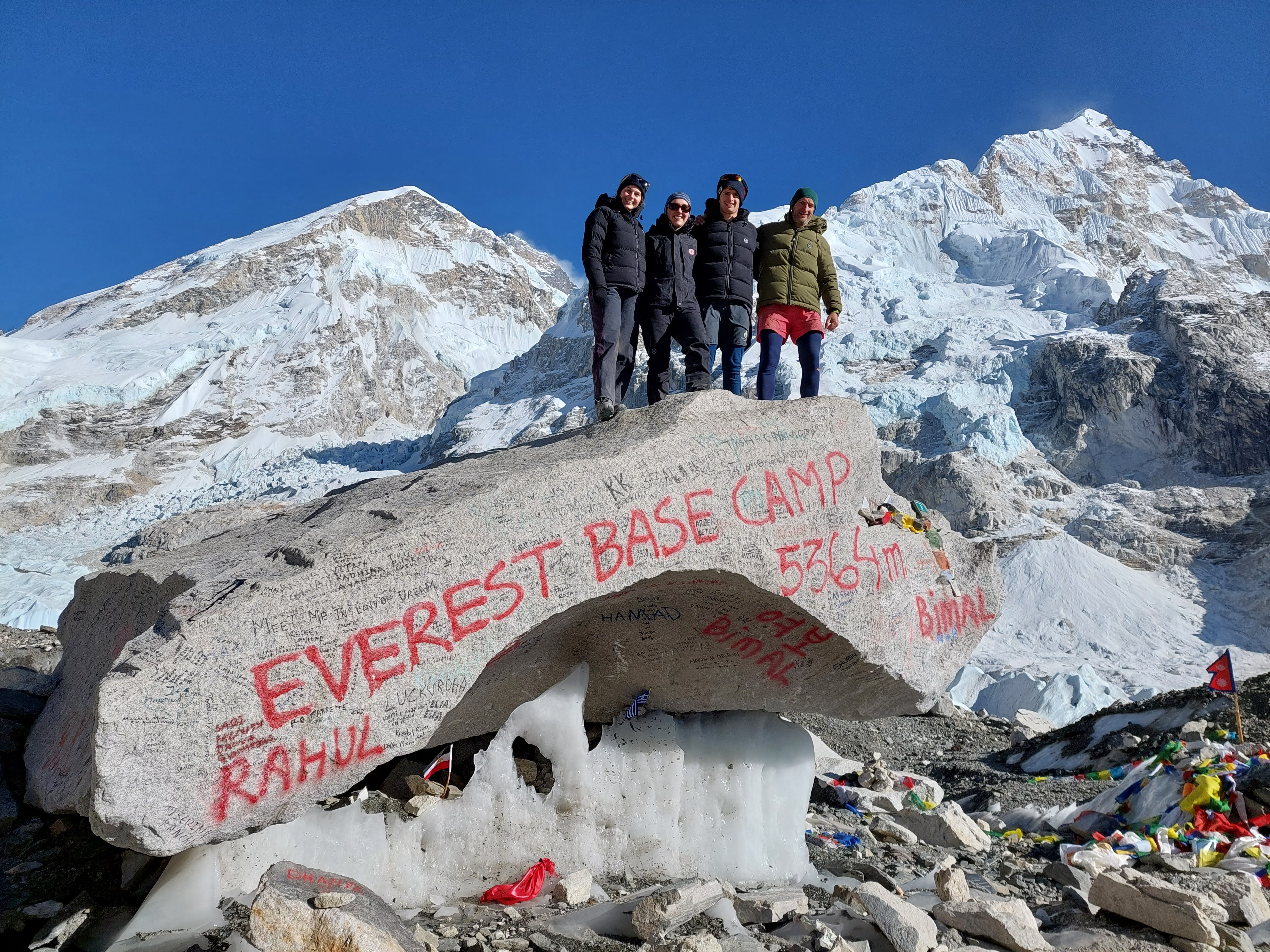As New Zealanders, we share a very special birthright. I'm not referring to our accents or fascination with provincial rugby but rather the fact that in Nepal, and thanks to the inspired and inspirational work of Sir Ed Hillary after his climb of Mt Everest, we're regarded as special. The Khumbu Valley, the main approach to Mt Everest is full of villages where Sir Ed built schools, hospitals and even singlehandedly ensured an airstrip got built.

This special relationship between New Zealand and Nepal, alongside the very obvious attraction of incredible mountains and great people, inspired us to visit recently on a cunningly disguised Cactus product testing trip.
Six of us, covered from head to toe in Cactus products - both existing and prototype - recently returned from nearly a month spent trekking and climbing in Nepal. After successfully completing the Three Passes trek, and a couple of our party successfully summiting Lobuche Peak, we thought we'd write some key takeaways for adventure travel in Nepal.
Here goes:
- Don't even think about eating meat. Doubly this is the case when you're at the end of the trip and your constitution is weakened from weeks at altitude. That chicken curry might smell divine, but long-haul flights with only a vomit bag for company are a real downer
- Just face it, you're not going to shower for the duration of your trip so apparel that doesn't stink is a smart choice. We wore Cactus Merino garments exclusively and we smelled fresh as a daisy (maybe only compared to the donkeys, goats and yaks but we'll take it)
- The Khumbu Valley in winter is bitterly cold (minus 20 celsius most nights) but it's as dry as a dry thing. Even the snow, when it falls, it's dry. Invest in some awesome down-wear for warmth, but don't worry too much about having a waterproof/breathable shell. We all wore either Cactus down jackets or canvas down jackets and even when summiting a 6000m+ peak we were toasty warm
- There's a lot of dust in the Khumbu, and the higher up you go the more likely it is that yak dung is the fuel of choice - a buff does a great job of protecting your lungs from both the cold air and the dirty smoke
- It's a contentious call but trail running shoes are plenty for the trek. You don't really need the support or ankle protection that heavy boots give you and you'll appreciate a few less kilos on the end of your legs
-
Cactus Mahi socks are incredible - take two pairs (ew!) and keep one for in the huts and one for walking each day. Embrace the filth, you'll shower eventually.
- If you fancy yourself as a bit of a hero, then carry all your gear in a full size tramping pack. If on the other hand you prefer to go light, pack all your stuff in a Big Burly Bag and let the porters do the heavy lifting. One of our party, Lakpa, is a multiple summiteer or Ama Dablam and Everest and prided himself on his ability to take even the biggest of loads. He also loved the Cactus sticker we put on his water bottle
- Consider doing what we did and trekking in the off-season. Sure it's colder, and there's less accommodation options but you'll have the trails to yourself and no one wants to feel like they're walking in a busy shopping mall on their way to Base Camp



If you're looking for some specific advice about trekking in Nepal, or connections to guides or porters, feel free to drop us a line. Who knows, we might just organise a Cactus Base Camp trek if there's enough interest.
Nepal is an amazing place, made all the more amazing by the longstanding connection between New Zealand and the Sherpa. It's an accessible and exciting holiday destination and with a bit of training and some appropriate gear its doable by most folks. Have at it!
Here is a list of the products we took with us.
